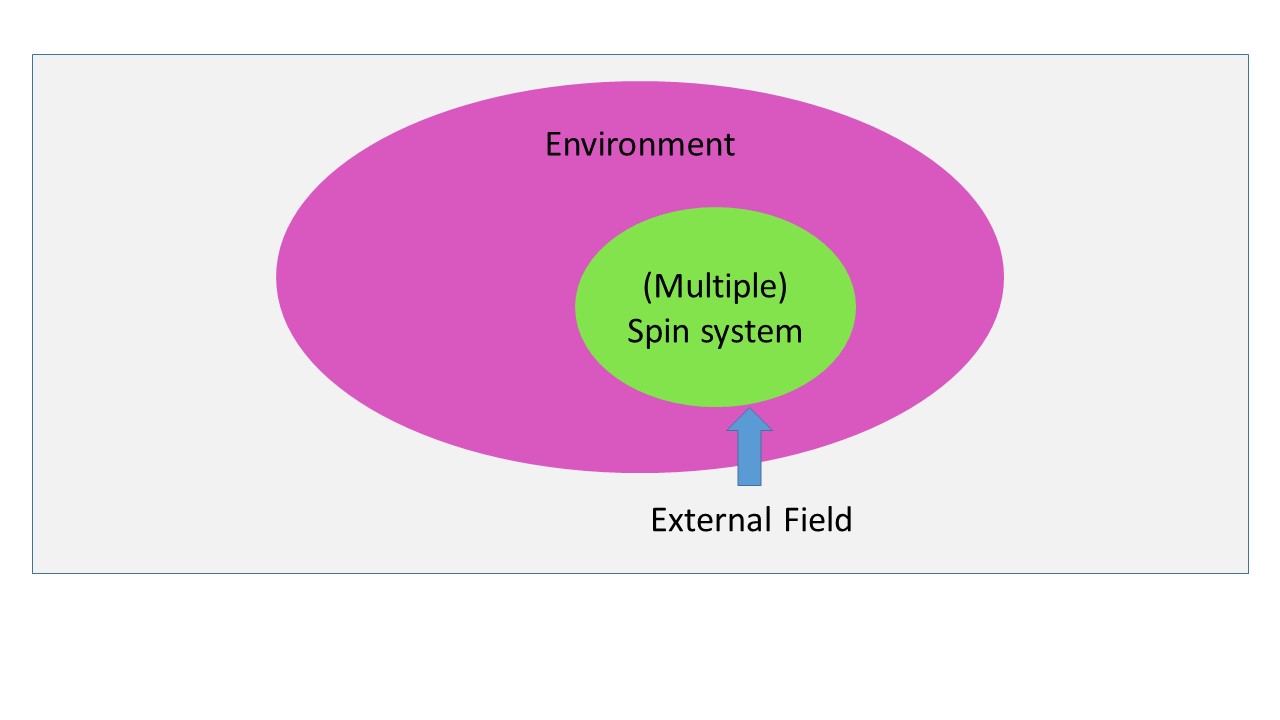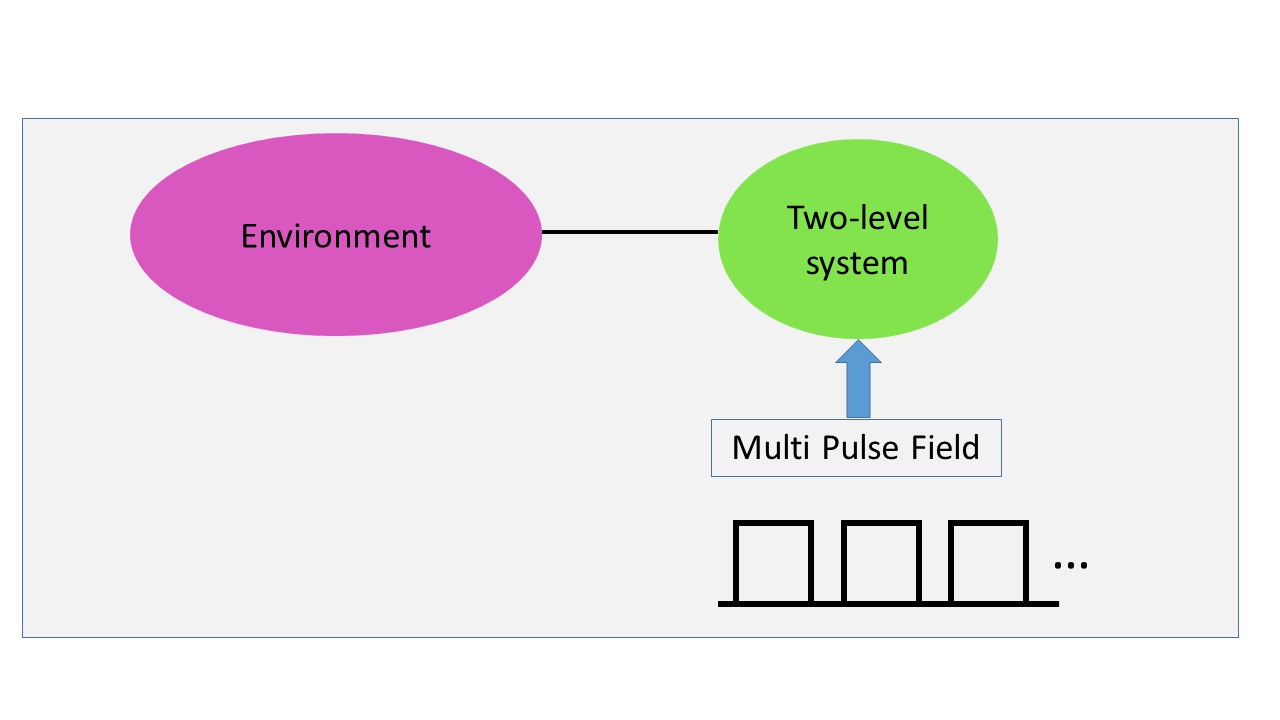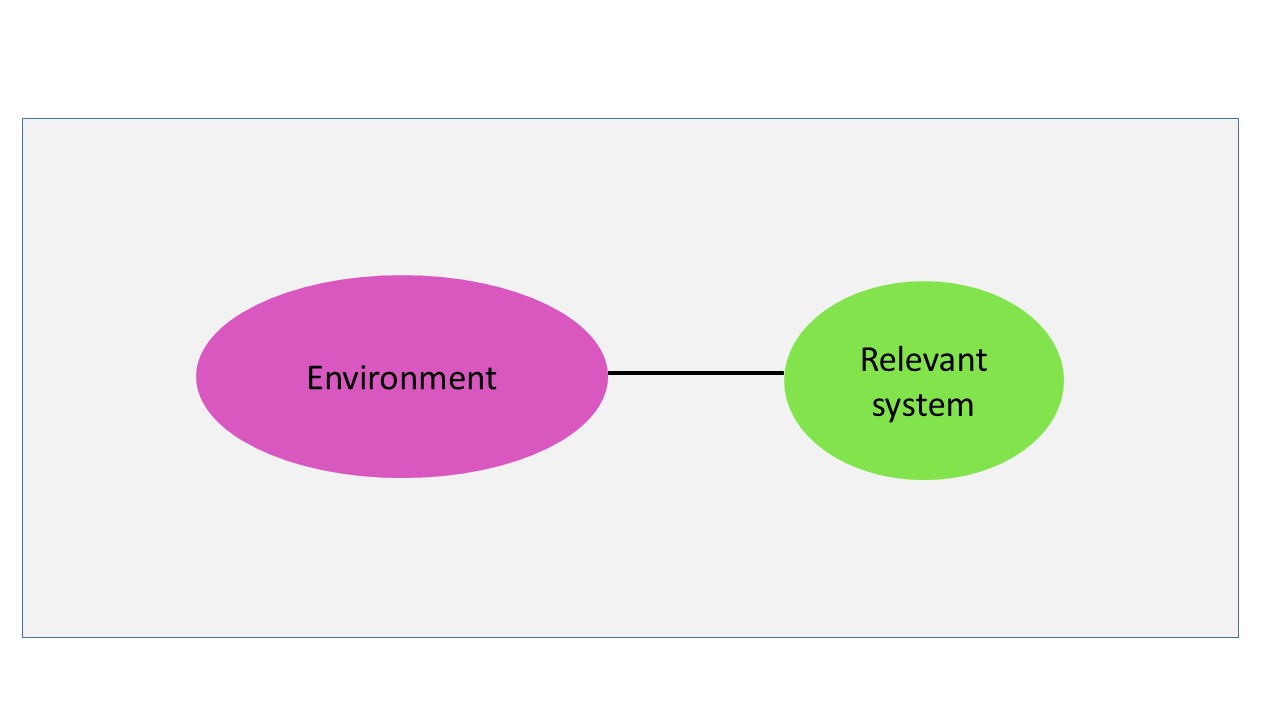Research Topics
Control of Quantum Heat Flux
Contol of heat flux in microscopic level has been attracted intensive attentions from scientific as well as technological viewpoints. From the former viewpoint, it means to understand thermodynamics from quantum mechanical level. And from the latter one, it means to provide a new possibility to suppress the energy consumption. Holding both of these viewpoints, we study a way to control quantum heat flux, from which we expect to provide fundamental information to design microscopic heat engine.
Quantum Heat Pumping
In macroscopic level, we ordinally consider that “The energy of heat flows from hot to cold material”. But, is it necessary to hold such practical sense also in microscopic level? To answer this question, we study a heat flow between two kinds of environments via a two-level systemm which is shown in Fig.1. Findings about the nonadiabatic effect on the quantum heat flux control is discussed in Phys. Rev. E 89, 052108.

Effects of Initial Correlation
Discussing dynamics of open quantum systems, we often assume that the factorized initial condition for the relevant and environmental system. This means that both of the system suddenly begin to interact each other at an initial time. But, for example, in experiments to observe linear response of condensed matter, such assumption might be quite different from the practical situation. We study about the effects of initial correlations on the linear response.
Effects of Initial Correlations on Linear Response
In the linear response theory, we ordinary assume that the relevant system (such as spins) begin to interact with its environment (such as material which surrounds the spins) when an external field is applied to the relevant system to observe the linear response. But, it is more natural to consider that the whole material is in an equilibrium state when we begin to apply an external field. And it might be necessary to include the quantum correlation between the relevant and environmental system at an initial time. We discuss the effects of initial correlation on the transient linear response in Phys. Rev. A 82, 044104 and on the stationary linear response in Phys. Rev. E 80, 021128.

↑Back to top
Suppression of Decoherence of Quantum Information
Recently, information processing based on the principles of quantum mechanics has been intensively studied. But, quantum entities which carry qubits(quantum bits) are vulnerable to environmental effects, which is called as decoherence and considered as an obstacle to realize the quantum information processing. We study a way to suppress effects of decoherence by applying multi pulses.
Multi Pulse Control
In quantum information processing(QIP), a quantum superposition state plays an important role, since it enables us a quantum parallel processing. But, the superpoition state is vulnerable to environmental effects, which is consdered as an obstacle to realize QIP. In this study, we discussed a possibility to lengthen the decay time by applying multi puless in Phys. Rev. A 66, 032313. Moreover, we found that the decay time can be lengthend by synchronizing the pulse interval with the characteristic period of environmental system, which is discussed in Phys. Rev. A 68, 052302.

↑Back to top
Exploitation of Theoretical Framework for Quantum Open Systems
The projection operator has been intensively used to deduce the master equation which describes dynamics of open systems. We extended the method to describe the time evolution of physical quantities under environmental effects.
Extension to the Hisenberg Picture
We extended the projection operator method by extracting time evolution operator, which is discussed in Phys. Rev. E 60, 2636. Recently, we find that the method can be extendedly used to deduce the quantum master equation for the full counting statistics, which was used to discuss the control of wuantum heat flux in Phys. Rev. E 89, 052108.

↑Back to top




